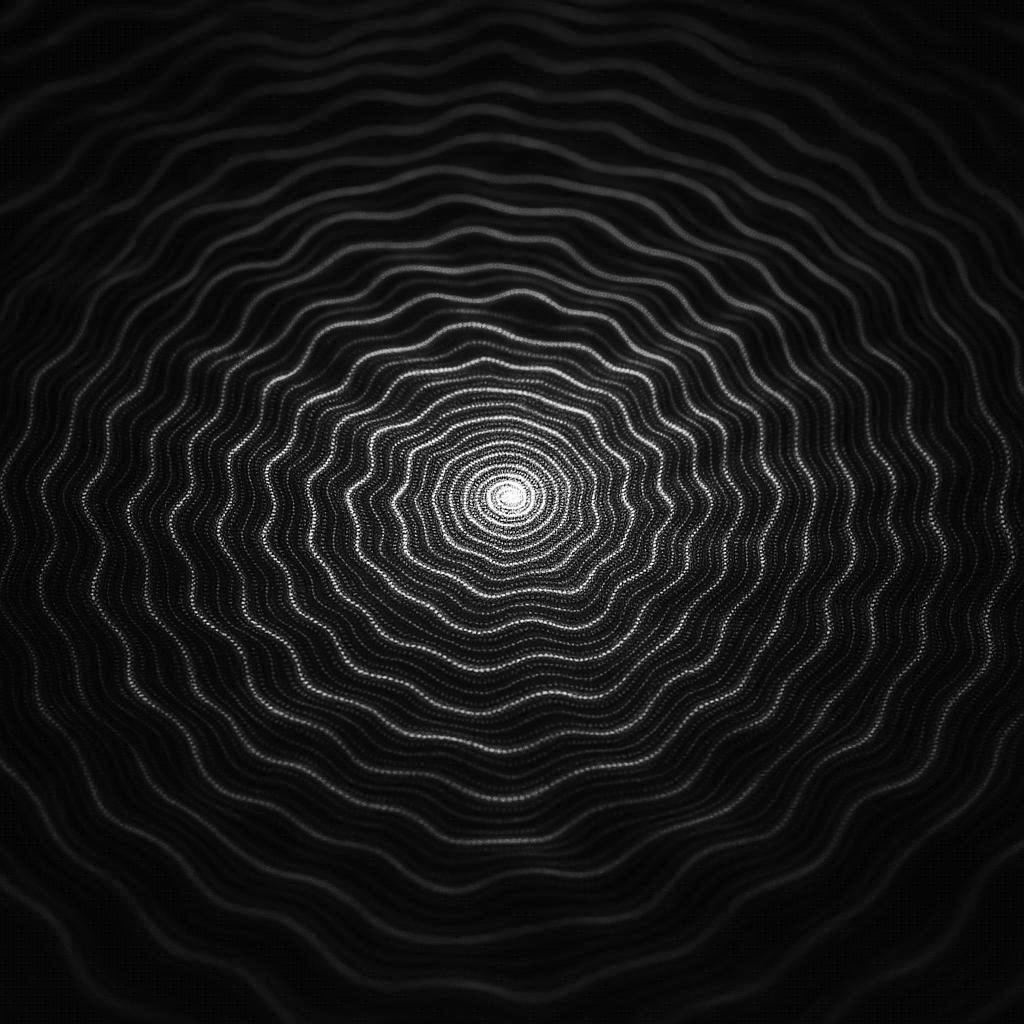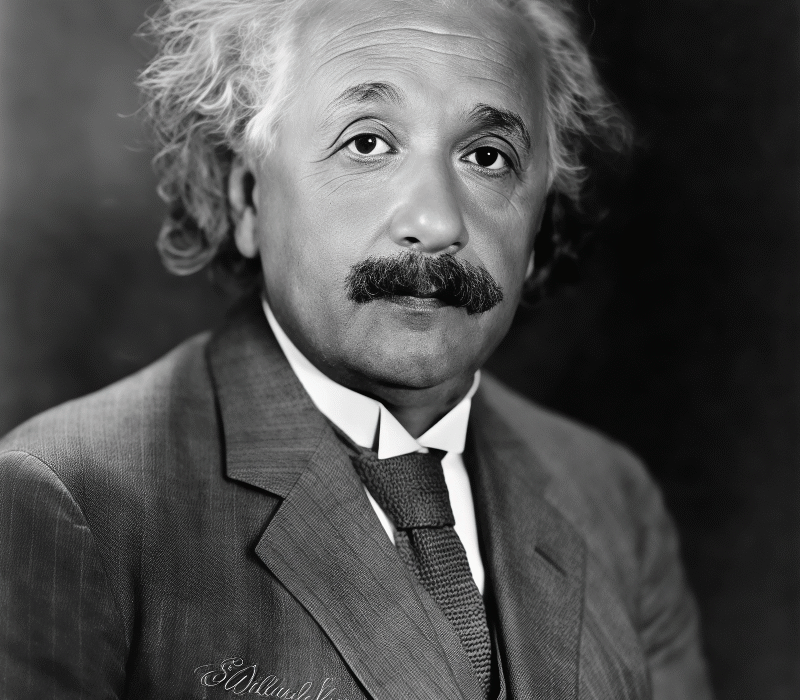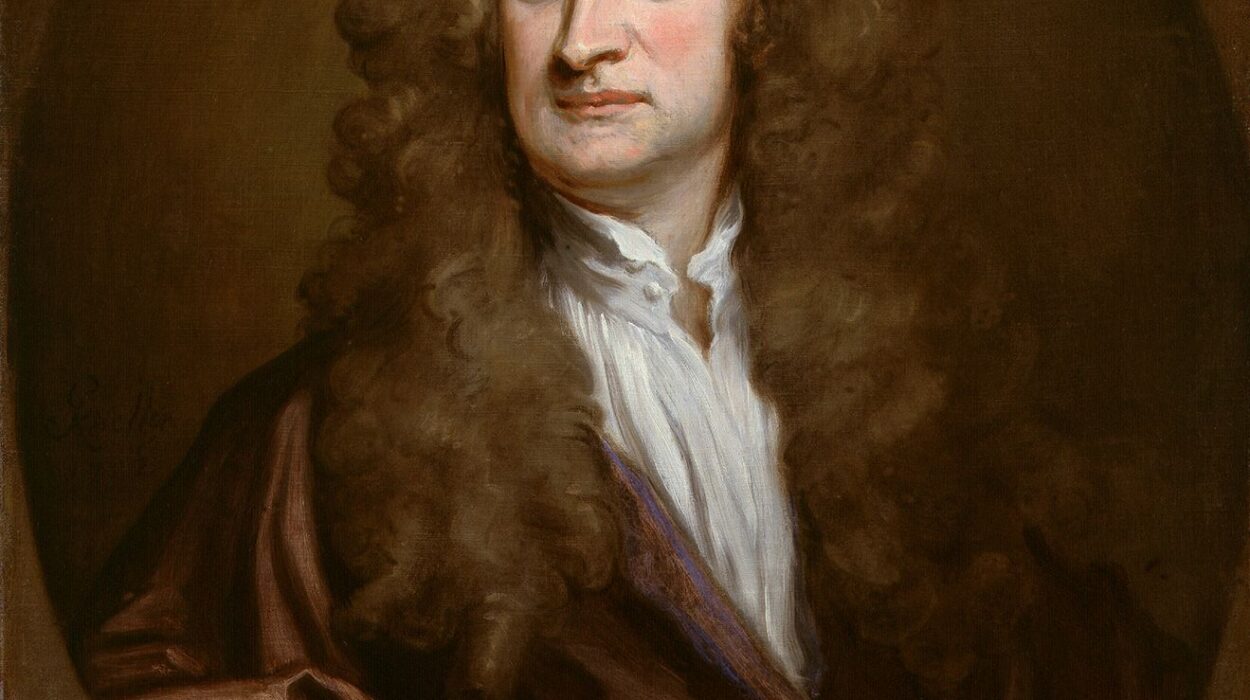From the moment human beings first struck stones together in rhythm or blew through hollow reeds to create tones, music has been intertwined with our existence. Yet beneath every note, chord, and rhythm lies an invisible structure, one woven not of wood, metal, or air, but of mathematics. Music may appear to be an art, driven by emotion and creativity, but its very fabric is ruled by numbers, proportions, and patterns as ancient as the cosmos.
The discovery that mathematics and music are deeply connected is as old as philosophy itself. The ancient Greek thinker Pythagoras is often credited with unveiling this relationship. Legend tells us that Pythagoras, walking past a blacksmith’s shop, noticed that the sounds of hammers striking anvils varied in pitch according to their weight. This observation led him to experiment with vibrating strings. He found that when a string was divided into exact ratios—such as one-half, two-thirds, or three-quarters of its length—the sounds it produced were harmonious. The intervals between notes, such as the octave, the fifth, and the fourth, could all be expressed through simple mathematical ratios.
For Pythagoras and his followers, this was not merely a technical curiosity. It was a revelation. They believed music reflected the harmony of the universe itself—the “music of the spheres.” To them, the cosmos was structured by number, and the beauty of music was living proof that numbers could touch the soul. Even today, when we marvel at a perfect melody or feel shivers from a swelling harmony, we are experiencing something grounded in numerical precision, though we may not consciously perceive it.
Frequency, Vibration, and the Nature of Sound
At its heart, music is vibration. Every sound is the result of something oscillating—whether it is a guitar string, a column of air inside a flute, or the vocal cords in a singer’s throat. These vibrations cause air molecules to compress and expand, creating waves that travel to our ears. What we hear as pitch corresponds directly to the frequency of these vibrations, measured in hertz (cycles per second).
For example, the note “A” above middle C is standardized at 440 hertz, meaning the air vibrates 440 times per second. Double that frequency to 880 hertz, and you have the same note an octave higher. Halve it to 220 hertz, and the pitch drops an octave lower. This simple doubling and halving is the mathematical essence of the octave.
The human ear is sensitive to frequencies ranging from about 20 hertz to 20,000 hertz. Within that span lies a nearly infinite palette of possible sounds. Yet not all frequencies feel equally pleasing when combined. Certain ratios of frequencies blend smoothly into harmony, while others clash into dissonance. These relationships can be explained through mathematics, though our emotional response to them is complex and deeply tied to culture, biology, and experience.
The interval of a perfect fifth, for instance, arises when one note vibrates at two-thirds the frequency of another. If the lower note vibrates at 300 hertz, the higher one will resonate at 450 hertz. The waves align regularly, producing a sense of consonance. In contrast, when frequencies are related by more complex ratios, their waveforms interfere in irregular ways, creating tension and dissonance. The mathematics of wave alignment thus shapes our emotional response to sound.
The Harmony of Ratios
Harmony—the simultaneous combination of sounds—can be seen as mathematics expressed through the ear. When musicians build scales, chords, and tuning systems, they are working with numerical ratios, whether they realize it or not.
In Western music, the most familiar system is the twelve-tone equal temperament, in which an octave is divided into twelve equal steps. Each step corresponds to a frequency multiplied by the twelfth root of two (about 1.05946). This ensures that every semitone is equally spaced on a logarithmic scale, making it possible to play in any key without retuning.
But equal temperament is a compromise. In pure mathematics, some intervals—like the perfect fifth (ratio 3:2) or the major third (5:4)—cannot be perfectly realized within the twelve-tone system. Instead, their frequencies are slightly adjusted to fit into the equal division of the octave. This subtle adjustment allows musicians to modulate freely between keys, but it also means that some intervals are mathematically “imperfect.”
Other cultures developed different tuning systems. Indian classical music, for example, employs microtones—intervals smaller than a Western semitone—creating a rich tapestry of expression beyond the rigid boundaries of equal temperament. In these traditions, the mathematics of ratios is extended into more nuanced divisions, showing how cultural interpretations of harmony can spring from the same universal principles of vibration and proportion.
Rhythm: The Mathematics of Time
If pitch is the vertical dimension of music, rhythm is its horizontal flow. Rhythm is built on patterns of time, measured through beats, accents, and subdivisions. At its simplest, rhythm is counting: one-two-three-four, repeated endlessly. But from this basic arithmetic arises infinite complexity.
A piece of music in 4/4 time divides each measure into four equal beats, while 3/4 time divides it into three. These are simple ratios, but composers often layer rhythms in fascinating ways. Polyrhythms, common in African drumming and later adopted into jazz, place different rhythmic patterns on top of each other—such as three beats played against two. This “3:2” relationship is pure mathematics expressed through sound.
Even syncopation—the emphasis of off-beats—plays with numerical expectation. Our brains are wired to anticipate regular patterns, so when music deliberately shifts accents to unexpected places, we feel surprise and excitement. Behind the emotional drive of rhythm lies the mathematical precision of division, multiplication, and permutation.
Modern technology makes this connection even clearer. Digital audio workstations operate on grids of beats per minute, subdividing time into fractions. Electronic music often thrives on exact mathematical synchronization, yet even there, producers often “swing” or slightly delay notes to create a more human feel. The tension between mathematical exactness and organic imperfection is at the heart of rhythm’s expressive power.
Geometry in Harmony
The mathematics of music is not confined to numbers alone; geometry plays its part as well. Visualize the circle of fifths—a diagram mapping the relationships between keys in Western music. Starting from a given note, moving up by perfect fifths eventually cycles through all twelve keys and returns to the starting point. This circular structure is a geometric manifestation of musical relationships.
Chords and scales can also be represented geometrically. On a circular diagram of twelve pitches, major and minor chords form distinct triangular patterns. Scales create shapes with unique symmetries. In fact, mathematicians use the field of group theory to analyze these symmetries, revealing deep structural relationships between musical elements.
Even more astonishing is the connection between music and higher-dimensional geometry. Some researchers visualize chord progressions as pathways through multi-dimensional spaces. Each chord is a point in a complex lattice, and a piece of music becomes a journey through that space. Though these abstractions are far from what a listener consciously experiences, they underline how deeply mathematical music truly is.
Music, the Brain, and Mathematical Perception
Why does the brain respond so strongly to certain mathematical patterns in sound? Neuroscience offers insights. Our auditory cortex is finely tuned to recognize harmonic relationships. When two notes share simple frequency ratios, their combined waveform aligns in predictable ways, and the brain interprets this as pleasant and stable. More complex ratios create interference patterns that feel tense or unresolved.
But mathematics does not dictate emotion alone. Culture, memory, and personal experience shape our responses. A dissonant interval that once seemed unbearable to medieval ears became the driving force of tension and release in Romantic symphonies. Jazz musicians found beauty in “blue notes” that bend traditional scales, while contemporary composers embrace atonality and noise as valid forms of expression.
Still, the brain’s love of pattern remains universal. We crave symmetry, repetition, and proportion—mathematical qualities that give music coherence. Studies have shown that even infants can detect rhythmic regularities and respond to consonant intervals. Our neural architecture is wired to recognize the hidden mathematics of music, even before we are consciously aware of it.
The Mathematics of Composition
For composers, mathematics is both a tool and a mystery. Johann Sebastian Bach often embedded numerical structures in his music, using proportions and symmetry as guiding principles. His fugues, with their interwoven voices, are masterpieces of mathematical architecture as much as musical invention.
In the twentieth century, composers like Arnold Schoenberg and his disciples used twelve-tone serialism, a system that organizes music by mathematical permutations of twelve pitches. While this style can feel abstract and challenging, it demonstrates the deliberate application of mathematics to generate structure.
At the same time, improvisational traditions like jazz show how mathematical relationships can be navigated intuitively. A jazz soloist may not consciously calculate ratios while playing, but their phrasing and harmonic choices reflect an internalized understanding of structure. Mathematics operates not only in conscious rules but also in the subconscious patterns musicians absorb through experience.
Technology and the Digital Age of Sound
With the rise of technology, the marriage of mathematics and music has become even more explicit. Digital sound is built on sampling—converting continuous vibrations into discrete numerical values. Each sound wave is represented by thousands of numbers per second, stored and manipulated mathematically.
Compression algorithms like MP3 exploit mathematical patterns in sound perception, removing data that the human ear is unlikely to notice. Synthesizers generate tones through mathematical waveforms—sine, square, sawtooth—that can be combined in endless variations.
Artificial intelligence now composes music by analyzing vast datasets of existing works, identifying statistical patterns, and generating new melodies. Whether one views this as creativity or mere calculation, it highlights once again that the essence of music lies in numbers. Yet what makes it meaningful to humans is how those numbers are arranged to stir emotion.
Harmony Beyond Earth
The hidden mathematics of music also invites us to look beyond our planet. Astronomers have long spoken of the “music of the spheres,” imagining the cosmos itself as a symphony. Modern science has discovered that stars and planets do produce vibrations, though not in audible ranges. By translating these oscillations into sound, researchers create haunting tones that echo the ancient belief in cosmic harmony.
Moreover, music becomes a bridge in the search for extraterrestrial life. The Voyager spacecraft, launched in the 1970s, carry golden records with human music encoded in mathematical patterns. If alien civilizations ever encounter them, perhaps they too will recognize the universal language of vibration and ratio.
The Eternal Dance of Numbers and Emotion
In the end, the mathematics of music is not a cold abstraction but a hidden architecture that allows emotion to take flight. Numbers provide the skeleton, but life is breathed into it through creativity, culture, and feeling. A single chord can be analyzed as a ratio of frequencies, yet its power lies in how it resonates with the human heart.
To listen to music is to experience mathematics without needing to solve equations. To compose music is to sculpt numbers into beauty. And to recognize this hidden structure is to glimpse the deep unity of art and science.
Albert Einstein, himself an avid violinist, once said, “The greatest scientists are artists as well.” Nowhere is this truer than in music, where the logic of mathematics and the mystery of the soul meet in perfect harmony.
The hidden mathematics of music is not merely a subject of study—it is a living truth that surrounds us. Every melody, every beat, every harmony is a whisper of numbers made audible. And in that whisper, humanity has always found not only knowledge but also joy, comfort, and transcendence.






